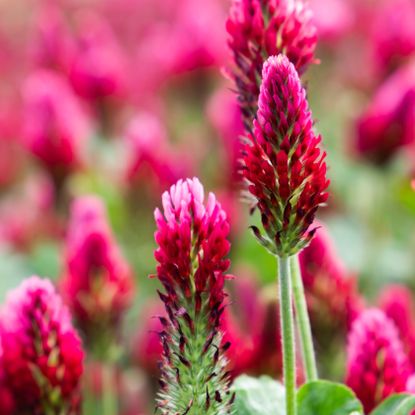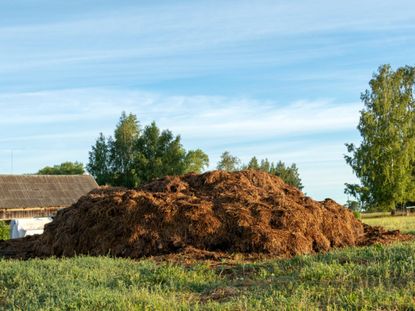Grains
Wheat, barley, oats, rye and other grains are typically grown in agricultural surroundings, but there’s no reason you can’t grow grain plants in your garden. Some types of grains can even be grown indoors on your kitchen counter. Keep in mind, however, that growing conditions vary widely for different grain plants. The following articles will provide information on growing and harvesting grains in the home garden.
-
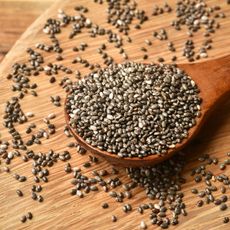
How To Harvest Chia Seeds: Tips For Harvesting This Heart-Healthy Superfood At Home
They are an excellent part of a healthy diet and fun to harvest for your breakfast cereals, breads, salads and smoothies. Here’s how to harvest chia seeds
By Bonnie L. Grant
-
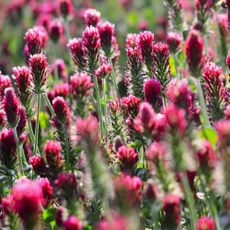
Recharge Your Soil Over Winter By Cover Cropping: 6 Green Manures To Plant In Fall
Cover cropping is not just for farming. Use this tried-and-tested technique in your vegetable garden or flower beds to enjoy richer, looser soil and fewer weeds.
By Mary Ellen Ellis
-
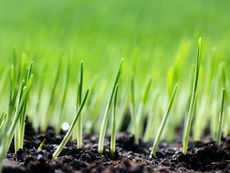
No-Till Cover Crops: How To Grow Healthier Soil Over Winter
Maintain your soil the easy and sustainable way. Grow a no-till cover crop in your garden this winter.
By Teo Spengler
-

Growing Gluten-Free Fonio At Home
Looking for a new gluten-free grain? Try growing the ancient cereal crop called Fonio for a healthy change.
By Bonnie L. Grant
-
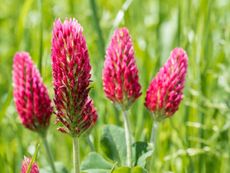
Best Late Summer And Early Fall Cover Crops
Planting cover crops is a gift you can give to your garden’s soil. Read on to learn about planting cover crops in late summer.
By Bonnie L. Grant
-
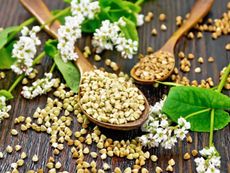
How To Harvest Buckwheat From The Garden
Are you growing your own buckwheat? Want to know how to harvest it? Click here for everything you need to know about buckwheat harvest.
By Laura Miller
-
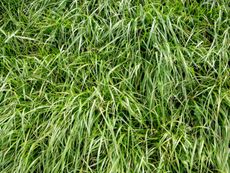
Annual Ryegrass Care - Tips For Planting Annual Ryegrass
Planting annual ryegrass as a cover crop allows the dense roots to catch excess nitrogen and help break up hard soils. Click for more.
By Bonnie L. Grant
-

Timothy Grass Care: Information About Timothy Grass Growing
Timothy grass is a cool season perennial grass with rapid growth. Click here to see if this grass is suited to growing in your landscape.
By Bonnie L. Grant
-
What Is Barley Foot Rot: Treating Barley Foot Rot Disease
What is barley foot rot? Often known as eyespot, foot rot on barley is a fungal disease that affects barley and wheat in grain-growing regions around the world, especially in high rainfall areas. Learn more about its treatment in this article.
By Mary H. Dyer
-
Establishing Kura Clover: Learn How To Grow Kura Clover Plants
You no doubt have heard about the four-leaf clover, but few gardeners are familiar with kura clover plants. Kura is a forage legume and if you are interested in growing kura as a groundcover or establishing kura clover for some other use, this article will help.
By Teo Spengler
-
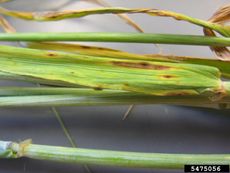
Barley Leaf Blotch Control: Treating Barley Speckled Leaf Blotch
Barley speckled leaf blotch is a fungal disease resulting in lower yields. While barley with leaf blotch is not a fatal condition, it opens the crop up to further infections that can decimate the field. Learn about preventing and treating leaf blotch in barley crops here.
By Amy Grant
-
Victoria Blight In Oats – Learn To Treat Oats With Victoria Blight
Victoria blight in oats once reached epidemic proportions. As a result, many oat cultivars that have proven to be resistant to crown rust are susceptible to Victoria blight of oats. Learn about the signs and symptoms of oats with Victoria blight in this article.
By Mary H. Dyer
-
Barley Basal Glume Blotch – How To Treat Glume Rot On Barley Plants
Basal glume blotch is a disease that can affect cereal grains, including barley, and can cause serious damage to the plant and even kill young seedlings. Click the following article to learn more about recognizing and treating basal glume blotch of barley crops.
By Liz Baessler
-
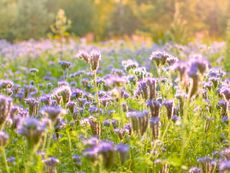
Native Cover Crops: Vegetable Cover Cropping With Native Plants
Are there any benefits to using native plants as cover crops? Click here to learn more about vegetable cover cropping with native plants.
By Laura Miller
-
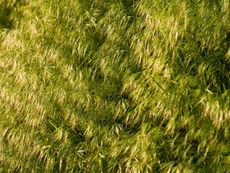
What Is Field Brome – Information About Field Brome Grass
Field brome grass can be used as a cover crop to control erosion and enrich the soil. For more information, click the following article.
By Laura Miller
-

Wild Millet Grass – Learn About Growing Proso Millet Plants
It looks like a corn seedling, but it's not. Birds flock to it, but farmers may not. Is wild millet a weed or a beneficial plant? Click here to find out.
By Laura Miller
-
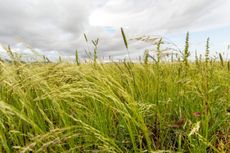
What Is Teff Grass – Learn About Teff Grass Cover Crop Planting
Agronomy is the science of soil management, land cultivation, and crop production. People who practice agronomy are finding great benefits in planting teff grass as cover crops. What is teff grass? Click here to find out how to grow teff grass cover crops.
By Amy Grant
